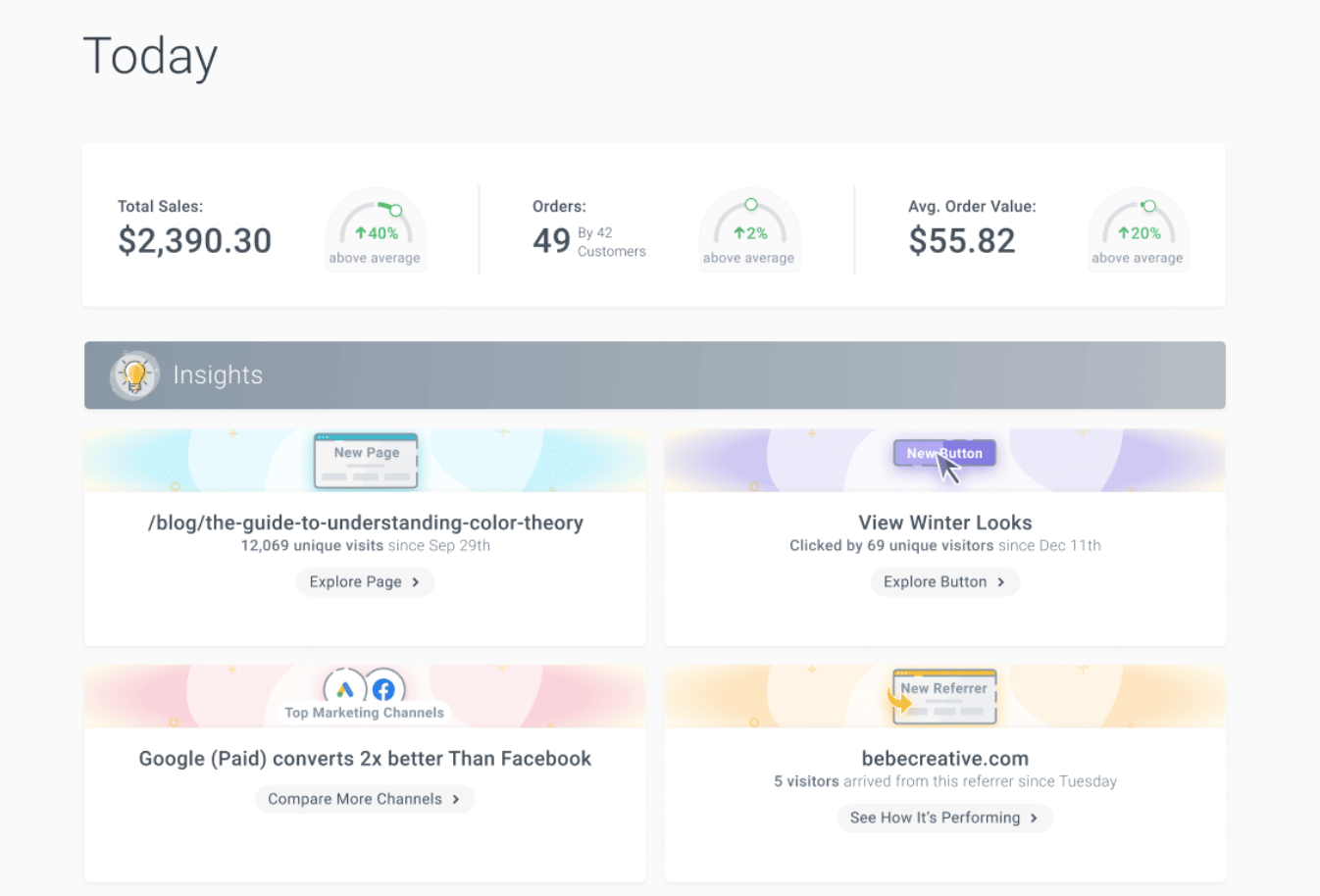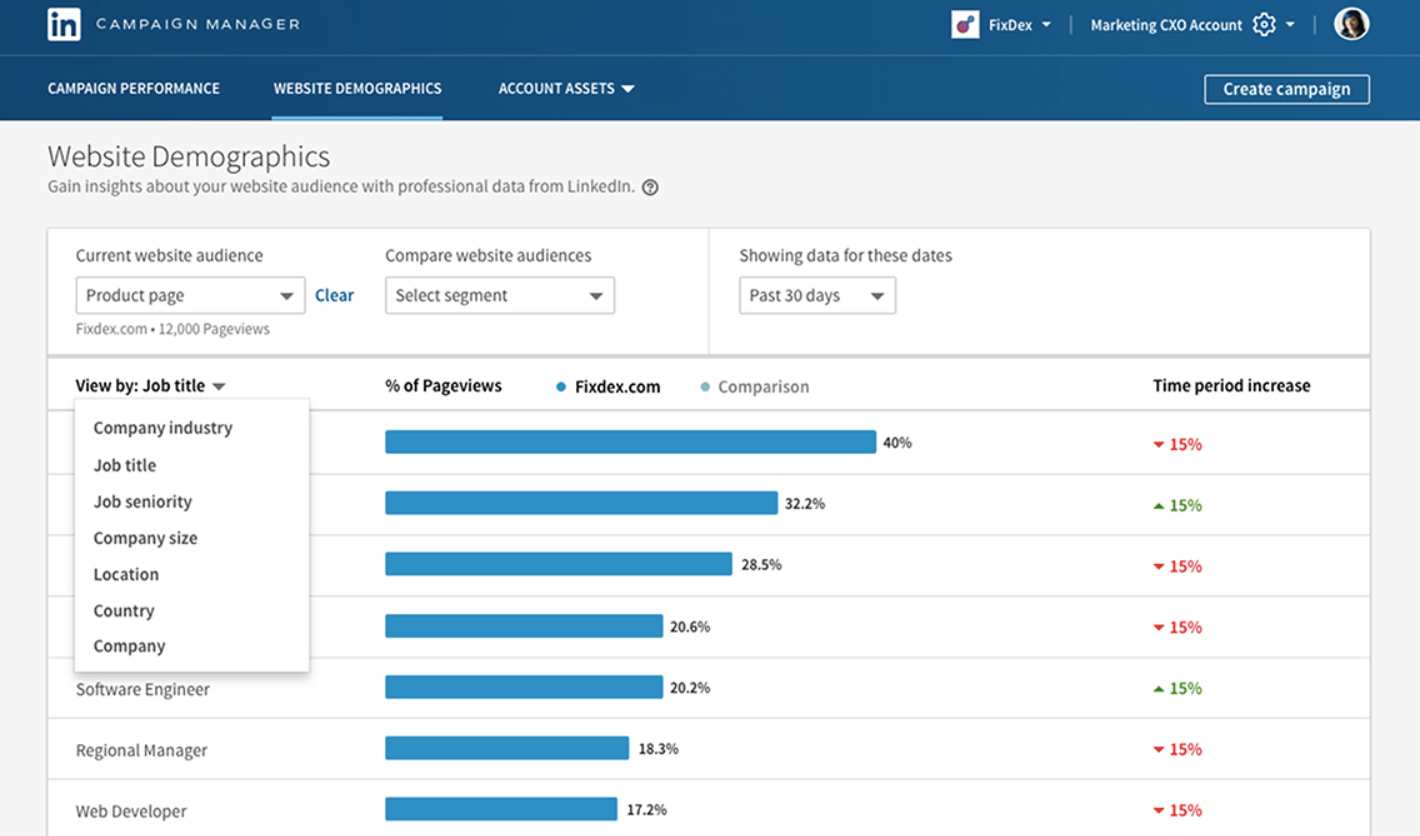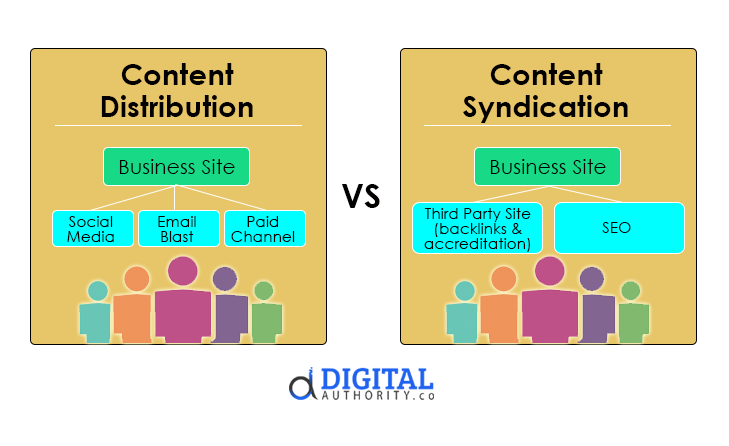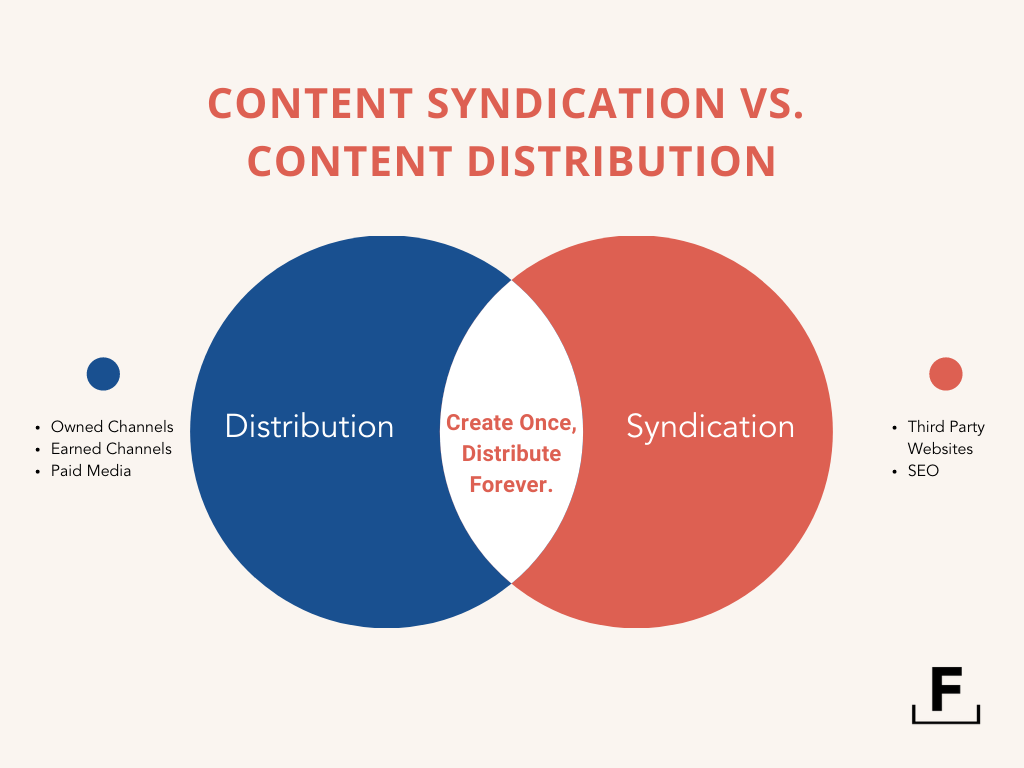Article's Content
Welcome to Volume 74!
Do you ever look back at a content piece you published several years ago and wonder, “What was I thinking? How did I ever let this piece of junk see the light of day?”
I had a similar experience yesterday, and I couldn’t help but laugh myself silly.
It’s amazing how much growth we can see when we stay consistent, doing one thing over and over again. Only each time, we learn from our mistakes and create something better than the last.
Those little steps eventually compound into something big and inspiring, positioning you as an expert and leader in your industry. The power of compound interest.
Whether you’re starting out in marketing or you’ve been on the scene for a long time, there’s no end to learning. Ten years from now, you’ll look at something you wrote today and laugh hard. That’s the amazing power of growth.
Before we dive into today’s stories, here’s a peek at what’s to come in this piece:
- Salesforce Adopts Async Weeks
- LinkedIn x Oribi: Why the $80M+ Acquisition Matters
- Create Once, Distribute Forever
Salesforce Adopts Async Weeks
Remote work has great perks, and everyone can’t get enough of it.
You can work from anywhere in the world with a flexible schedule, walk your dog, hug your kids before they go off to school, avoid hours of commute, and many more perks.
However, there’s the not-so-great side of remote work that contributes to employee burnout. That’s Zoom fatigue.
Nearly half of professionals working remotely say they experience a high degree of exhaustion as a result of numerous daily video meetings.

Salesforce noticed this trend among its employees, so they experimented with what a week without meetings would feel like.
The CRM company banned meetings for a week to give employees a break from the disruptions and enough focus time. Over 23,000 Salesforce employees participated in this experiment, including people managers, C-suite executives, and individual contributors.
The results from the first week were massive:

Over 93% of Salesforce employees who took the experiment seriously reported at least one positive impact. Overall, they experience less stress, higher productivity, more sustainable work pace, more focused meetings, and better async communication skills.
You might be wondering how Salesforce managed to pull this off.
Their playbook looked something like this:
1. Pre-Async Week Prep: Share the Vision and Plan Company-wide
Sharing the plan gave the team enough time to ask questions, gain more clarity, and put their house in order.
Salesforce knew getting employees’ buy-in before execution would make it easier for the larger team to understand the purpose of the experiment and their respective roles. So, they shared a preparation guide with their employees.
The preparation guide included goals, expectations, and best practices for making the most out of the experiment. Some of the tips included:
- Switching from video standup meetings to async daily standups via Slack/Quip
- Hosting brainstorming sessions on Jamboard or Miro vs. video calls
- A Frequently Asked Questions (FAQs) doc to address common questions like: What qualifies as a critical meeting? How do I prioritize and keep projects on track? and others.
The preliminary prep made transitioning into the experiment phase worthwhile.
2. Async Week: Execute and Iterate
Hosting daily standups async was tough for the first few days.
The internal survey conducted that week revealed that written communication was more of a blocker than helpful, especially with the absence of video calls. Teammates had to wait too long to receive feedback from others, and that took a toll on delivery.
Based on the feedback, most of the teammates switched to using Slack Huddles to send updates and put out fires. The team also learned to schedule messages to other members of their team. In other words, they became more intentional with their communication.
I believe if Salesforce didn’t prioritize listening to employees, they never would have uncovered that blocker or realized the value of Slack Huddles.
Even though many people missed the interaction with others, the results still showed the no-meeting week was a success in terms of productivity, wellness, and work pace.
Salesforce has also decided to try out three more no-meetings weeks this year.
Of course, you can decide to give the no-meeting week a try to reduce stress and other perks. Or you could try a day or whatever works for you as long as it benefits employees as well as the company.
Coinbase gives employees a week every quarter off to recharge, while Bolt adopts a four-day work week, all to reduce burnout and increase productivity.
At Foundation, we are wired in every Wednesday. That means no meetings, except extremely important internal meetings and client calls. The whole day is blocked to encourage deep work.
We also try to keep meetings to the barest minimum during the week. Instead of hosting daily standups via video, we use Polly to learn everyone’s priorities for the day.
If there’s a blocker flagged, it’s communicated via Polly, the broader team, or the person responsible. We also rely on Loom to talk through situations and give important project details. That’s because text doesn’t always offer the full context of a message.
If you want to give the no-meeting week a try, or you want to start with a day every week, you should detail the plan and share it with the larger team. Get everyone aligned with the purpose of this experiment. That’s the best way to make the most out of it.
KEY TAKEAWAYS:
- Salesforce banned meetings for a week to give employees a break from the disruptions and enough focus time.
- 93% of Salesforce employees reported less stress, higher productivity, more sustainable work pace, and better async communication skills.
- To adopt a similar strategy or try out no meetings once a week, you should get employee buy-in by sharing a detailed plan and supporting documentation beforehand.
LinkedIn x Oribi: Why the $80M+ Acquisition Matters
Over the past months, we have seen some promising SaaS acquisitions:
And many more acquisitions.
About a week ago, LinkedIn acquired Oribi, the web analytics software company for $80-$90M dollars. The social network’s goal is for its over 57 million global businesses to get better ROI for their advertising efforts.
Tomer Cohen, the Chief Product Officer at LinkedIn describes the acquisition as an opportunity to focus their efforts on connecting organizations with their audience.
What’s interesting about this acquisition is that Oribi.io isn’t a high-profile company that gets heads turning. Compared to Backlinko, Content King, and The Hustle, it’s still an upcoming brand in organic search:

LinkedIn already leads the way in organic search. Oribi’s strength lies in its product.
The marketing analytics tool helps users analyze and gather insights to fuel their marketing engine. Unlike Google Analytics, the tool breaks down qualitative data in a user-friendly manner.

Your business can track lots of different events on your website, including demo requests, product page visits, webinar registrations, asset downloads, newsletter subscriptions, blog visits, and more.
You can also use Oribi to quickly uncover your best-performing marketing channels and see what sites are driving referral traffic.
LinkedIn saw this feature as an asset, and they decided to use the tool to scale their campaign manager. Currently, LinkedIn’s dashboard shows you insights into the people who visit your website.

You can see the size of the company, job level, job title, and other relevant info, including the pages they visited.
Integrating Oribi into Campaign Manager will potentially boost the quality of insights businesses will get from the tool, and it could also increase LinkedIn’s ad revenue.
As of 2021, LinkedIn had ad revenue of $3 Billion, according to CNBC.
With its latest addition, the Microsoft-owned company will be better positioned to help your business and 57 million+ other businesses optimize their advertising efforts. This means that you can run ads targeting your audience, as well as interested parties from your referral traffic sites.
LinkedIn can also decide to keep the Oribi feature that combines data from other paid media campaigns from Google and Facebook to improve their targeted ads.
This acquisition is a big win for ABM companies, a tool to help amplify their efforts.
Ross shared his thoughts on the acquisition. These are just some key points from the essay. You can read the full report here.
KEY TAKEAWAYS:
- LinkedIn acquired Oribi, the web analytics software company, for $80-$90M dollars to scale targeting, marketing, and advertising efforts.
- The acquisition will help improve LinkedIn’s campaign management tool to offer higher quality data to users and potentially increase their ad revenue.
- This acquisition is a big win for ABM companies to help amplify their marketing efforts.
Create Once, Distribute Forever
Earlier this week, I stumbled on a piece SEJ wrote about content syndication.
Before reading that piece, I had always assumed content syndication and content distribution meant the same thing. In a way, I was right.
The difference between both terms is that while content distribution promotes content across different channels such as social media, email, paid search, etc., content syndication involves repurposing content for a third-party website.
This graphic from Digitalauthority.co explains the difference:

Despite their slight differences, these two concepts share one thing in common: they show the value of repurposing your content into different forms and distributing.
In other words, create once and distribute forever.

Most B2B content teams invest so much time churning out new content pieces, but they spend way less time distributing their content.
You can invest time repurposing existing content into a format that suits a specific channel and distribute it on that channel.
For example, to reach your audience on Twitter, you can turn a long-form blog post into a Twitter thread (with screenshots and illustrations where necessary).
If Instagram is your go-to, carousels, reels, and short videos will resonate more with users. If it’s Reddit, finding and answering a related question and creatively plugging in your link will generate the engagement you seek.
Short videos with subtitles, carousels, as well as written posts with lots of white space work on LinkedIn. You can also repurpose your newsletter or sponsor the content on a niche newsletter.
You can also leverage republishing your article on Medium, or tweak it a little and republish syndication networks or as a guest post.
Leveraging these syndication and distribution methods will increase your organic reach and your chances of attracting qualified leads and converting them to paying customers.
KEY TAKEAWAYS:
- Content distribution leverages social media, email, and paid channels to promote content, while content syndication leverages third-party sites and networks.
- Both concepts exemplify the mantra: create once, distribute forever.
- You can invest your time repurposing and republishing content on different distribution and syndication channels to get more eyes on your content, generate more sales, and build stronger customer relationships.
OTHER NEWS OF THE WEEK:
- LinkedIn creates a way for job seekers to explain career breakers to recruiters, without feeling ashamed.
- Twitter is working on a podcast tab feature that will save recorded spaces beyond 30 days.
- More SaaS companies discontinue their services in Russia, and more create job opportunities for Ukrainians looking for work.
BRAIN FOOD OF THE WEEK:
How well do you take care of yourself?
Do you wait until you feel you have earned the right to rest before you do? Or do you let work consume you so much that you forget to pause and rest?
Your body is an important part of your success.
If you don’t prioritize taking occasional breaks; drinking lots of water; eating fruits, veggies, and other healthy meal combinations; exercising regularly; and getting sufficient sleep, you might break down when you least expect it.
Even for someone who works remotely, it’s important to create routines for yourself to ensure you don’t sit at your desk for eight hours at a stretch.
I smile whenever I see Ross leave a message on the #general slack channel, reminding us to drink some water. That’s super helpful.
You can set reminders to drink water, go for a long walk or pace around the house, and eat something healthy before, during, and after work.
These little things will help you live longer, be more productive, and smash those goals you set for yourself this year.
TWITTER THREAD OF THE WEEK:
19 ways to be an end-to-end marketer by Wes Kao
IN CASE YOU MISSED SOME OF OUR GREATEST HITS:
- Why LinkedIn Acquired Oribi For Over $80 Million
- See How Ahrefs Built A $10M Acquisition Channel
- How To Set B2B Marketing Goals In 2022 (And Actually Stick To Them)
- 21 Best Marketing Books For B2B Marketers In 2022
WHAT WE’RE WIRED INTO THIS WEEK 🎧:
These round-ups are brought to you by me, Jessica O., every week ✌!







